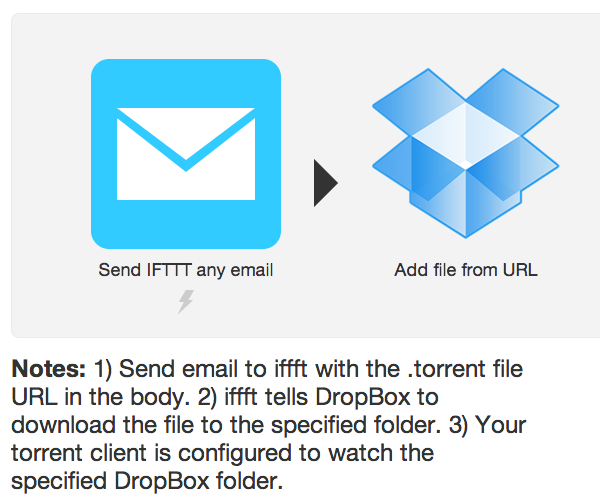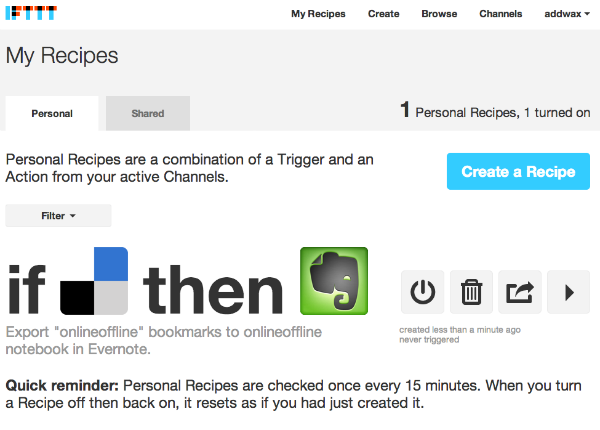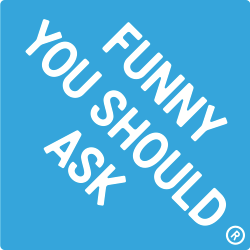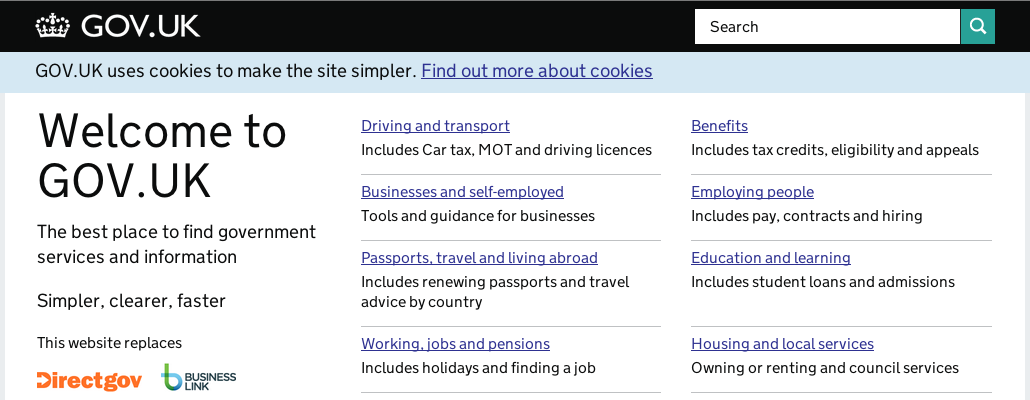In short, Web 3.0 is fuelling greed for attention (validation) and I felt that I was falling into the same exhibitionist trap as everyone else. I tried to explain this to a journalist who was interviewing me about connectivity last week, but she was having none of it. The future, as far as she was concerned, was social and if you are not part of this epidemic of over-sharing you clearly have something of substance to hide.
Richard Watson, Why I’m feeling anti-social
In Over sharing, “over” is subjective. What is too much for someone is not necessarily too much for someone else (here’s where filter failure sits). The part of over sharing that is the pressure and behavior to publish or share something with frequency just because, as with a news organization which, of course, cannot stand still, I think we’ll see less of (not because “they” post less, but algorithms and filtering – so we’ll see less of it, not exist less of it). However, the simplicity of sharing what is phatic communication isn’t really a decision to produce and post anything of real value, but an instinct and reaction and will continue to overwhelm us.
It is writers, thinkers, publishers who enjoy a following because of their focused and thought through work (presentations, posts, rants etc) who are the root of this very real problem of over sharing. Having a set publishing/post frequency is ridiculous. You simply cannot know you have interesting things to share once a day. And why should you?
I hate the fact that google reader is being discontinued. RSS thinking is the way publishers, bloggers should be thinking and not like news organisations (not entirely true if you make ad money from blogging, and daily visitors count). We’ll hear from you when you have something smart to say, if you don’t, don’t.
I think Yahoo, being much more than search (The core of Yahoo nicely explored here, by Dan Petty), should take it upon them to really innovate in this area. People in some media/communications related industry are devout RSS-users, but the widespread usage is most likely overrated. That should change. On Facebook you don’t go to friends’ profiles to see what’s happened, it shows up. Why should anyone have to go to different websites daily? It’s the content I want, and I want to consume it through one interface/control center. There’s much someone like Yahoo could do here. The advertising issue/possibilities included.
Update 2013-03-26; and yes, Yahoo takes another step on the way in buying Summly. Perhaps.





